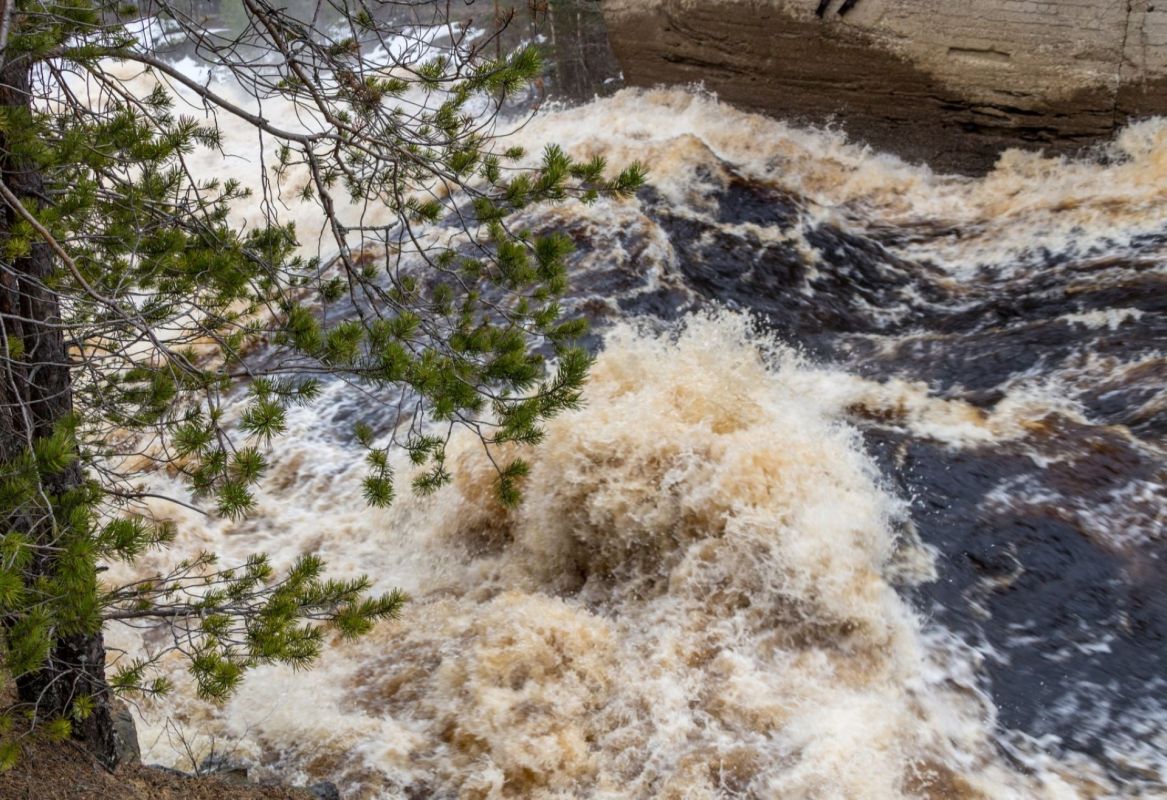A year after a once-in-a-500-year flooding event, park rangers and fishing guides returned to the Yellowstone River to discover transformed landscapes and uncharted fishing areas.
On June 13, 2022 — in the middle of a tourist season that brings millions of visitors — Yellowstone National Park experienced unprecedented rainfall. Northern parts of the park experienced 7.5 to 9.5 inches of rain and snowmelt in just 24 hours.
Floods in Yellowstone wreaked havoc on visitors and residents alike, causing evacuations and damaging homes, ranches, roads, and fishing sites.
As the Yellowstone River settled, park rangers and fishing enthusiasts who frequented the area for years worked to repair access points and explore a dramatically transformed river.
The floodwaters that swept through Yellowstone brought both destruction and ecological changes.
Once-familiar paths became totally new territory. Following the floods, sandbars vanished, unfamiliar whirlpools spawned, and new gravel bars appeared. Guides navigated hazardous waters, abandoning their boats at times to pull them over gravel bars.
As rangers and guides adapted their tour routes, they wondered how the floods had impacted fish populations that attract more than 400,000 anglers a year.
Rainbow trout eggs were hatching around the time of the flood that could have been washed downstream and injured or destroyed in the process.
While fish populations were likely impacted by the flood, scientists believed it would take multiple years of losses to substantially reduce the population. Any initial declines should recover quickly.
Biologists believe that, similar to some wildfires, the flood could be an opportunity for rejuvenation. The floods loosened the stream bed, creating new habitats for fish to reproduce.
Following the floods, the Montana Department of Fish, Wildlife, and Parks closed multiple fishing access sites in the northern region of the park. One year after the flooding, only two remained closed because of access issues.
"The only thing constant is change. And that is certainly the case with rivers in Montana with the force of mother nature that we deal with," Morgan Jacobsen, an FWP information and education manager, told KBZK-TV in Bozeman. "That is one of the costs of doing business around a river."
Despite the drastic landscape changes, anglers and fishing guides were eager to return to the river.
"There's no prettier place to be than on a river or lake trying to catch a fish," fly fishing guide Matt Wilhelm told NPR.
Join our free newsletter for cool news and cool tips that make it easy to help yourself while helping the planet.









